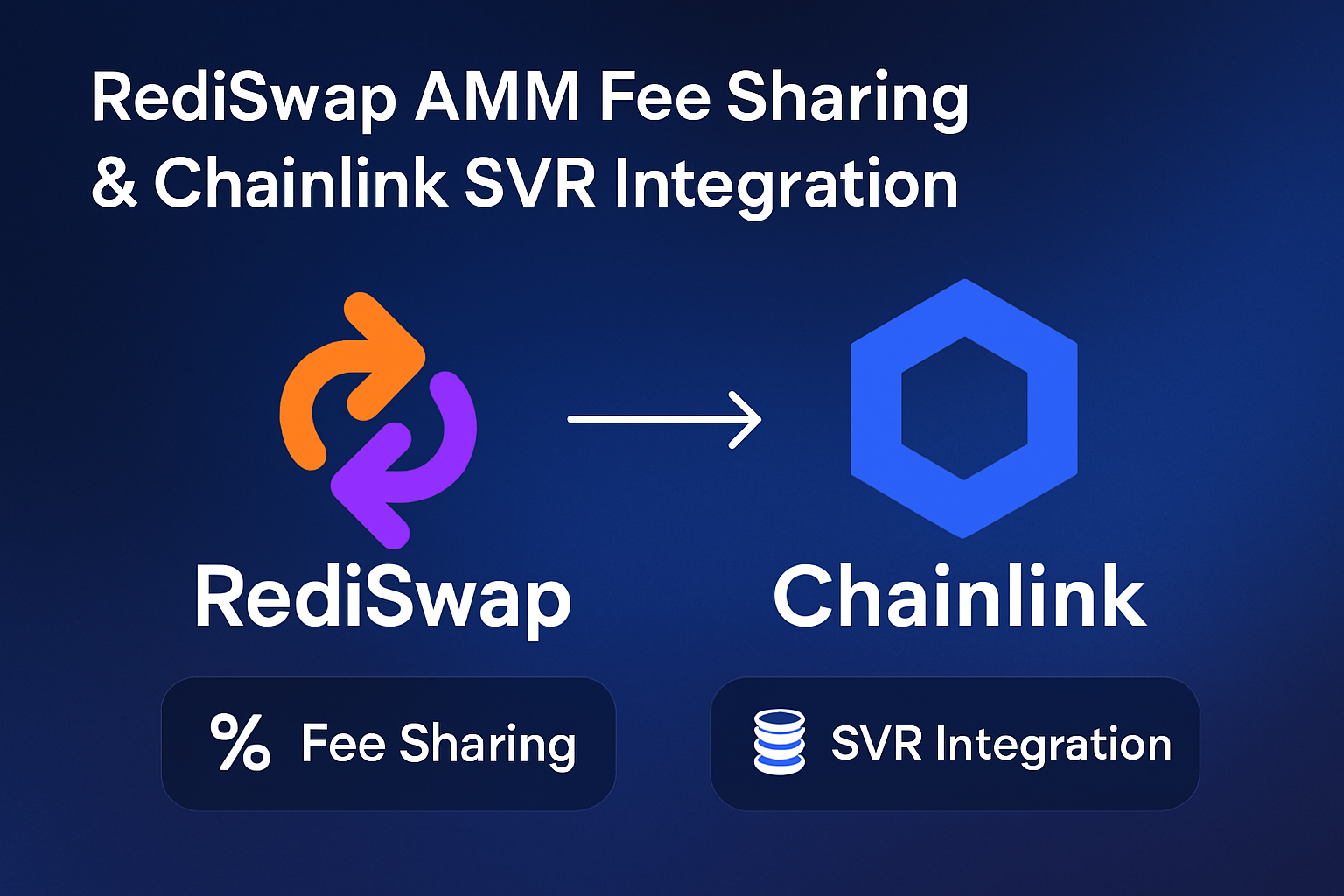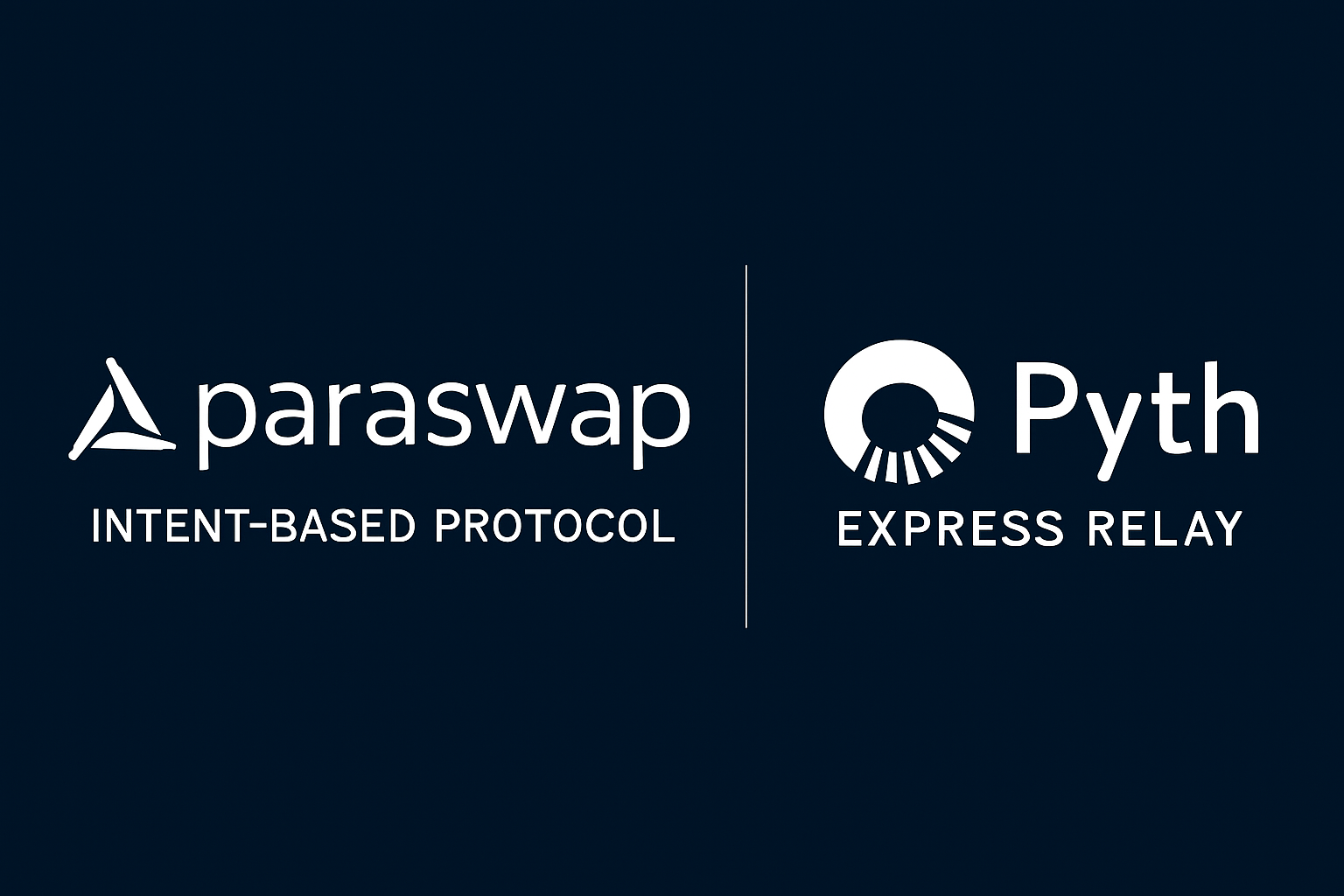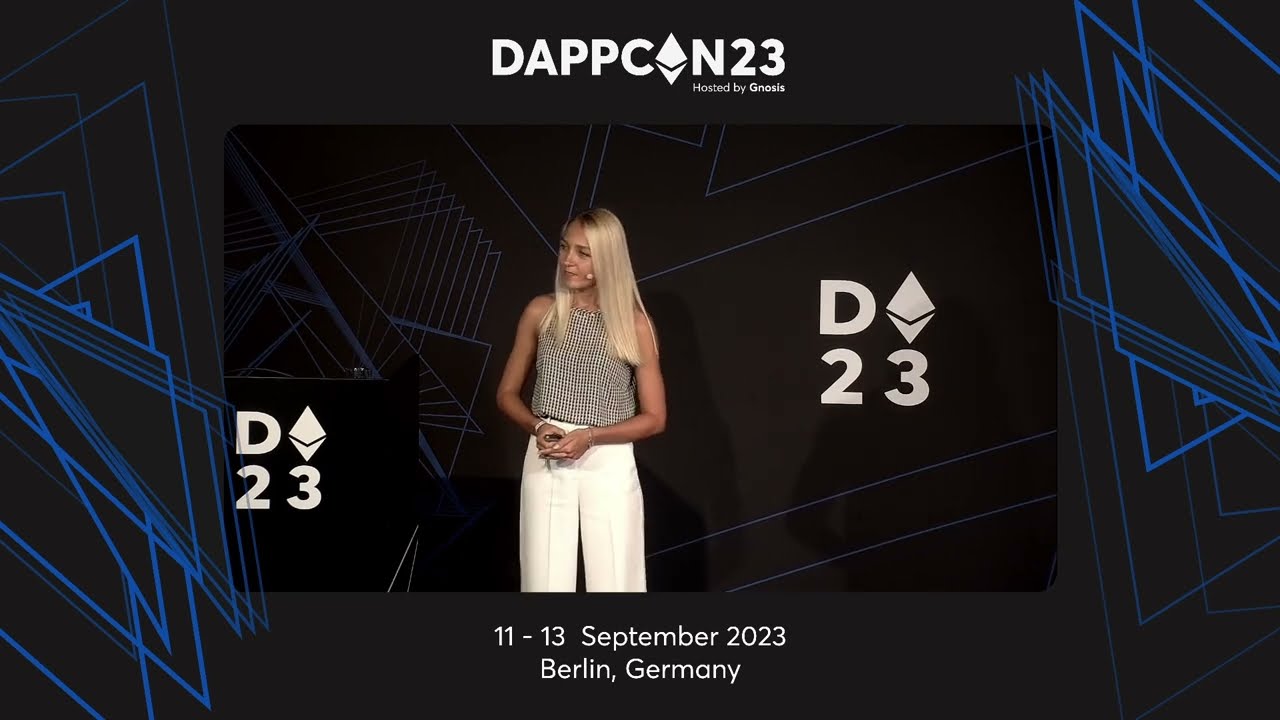
Maximal Extractable Value (MEV) has become a defining challenge for DeFi protocol designers in 2025. As MEV strategies like arbitrage, sandwich attacks, and liquidation sniping continue to impact user experience and protocol security, the need for fair MEV sharing has never been more urgent. By implementing robust MEV redistribution mechanisms, designers can align incentives, reduce extractive behaviors, and foster healthier ecosystems for all participants.

Why MEV Redistribution Matters in Modern DeFi
MEV is not just a technical quirk; it’s the heartbeat of value flows within blockchains. When left unchecked, it can lead to higher costs for users, unpredictable slippage, and even systemic risks as actors race to extract profits at others’ expense. However, with carefully designed MEV redistribution strategies, protocols can transform these risks into shared opportunities, turning what was once a zero-sum game into a cooperative model.
Let’s explore three actionable approaches that are shaping the future of protocol design in DeFi, each focused on fairness and efficiency.
1. Implement On-Chain MEV Auction Mechanisms (PBS or SUAVE)
The first pillar of equitable MEV management is integrating on-chain auction systems such as Proposer-Builder Separation (PBS) or shared sequencing protocols like SUAVE. These mechanisms create transparent marketplaces where block building rights, and their attendant MEV opportunities, are openly auctioned.
- PBS: Separates the roles of proposers (who select blocks) from builders (who construct them), ensuring that MEV rewards are distributed according to clear rules rather than opaque backroom deals.
- SUAVE: Enables shared sequencing across multiple chains or rollups, allowing for cross-domain MEV auctions that further democratize value capture.
This approach not only reduces the risk of centralization but also ensures that validators, builders, and even end-users can benefit from extracted value. For more on how these mechanisms improve fairness in transaction ordering, see our detailed guide at How MEV Redistribution Protocols Improve Fairness in DeFi Transactions.
2. Adopt Protocol-Level MEV Rebates and Fee Sharing
The next layer involves smart contracts that automatically share portions of captured MEV, such as arbitrage profits or liquidation fees, with key stakeholders like liquidity providers (LPs), stakers, or everyday protocol users. This strategy directly aligns participant incentives and counteracts purely extractive behavior by rewarding those who contribute to protocol health.
Top Strategies for Automated MEV Fee Sharing in DeFi
-

Implement On-Chain MEV Auction Mechanisms (e.g., PBS or SUAVE): Integrate on-chain auction systems like Proposer-Builder Separation (PBS) or shared sequencing protocols such as SUAVE to transparently allocate MEV opportunities. These mechanisms ensure that MEV rewards are equitably redistributed among validators, builders, and users, reducing centralization and promoting fairness. Notable example: Ethereum’s PBS model and Flashbots’ SUAVE initiative.
-

Adopt Protocol-Level MEV Rebates and Fee Sharing: Design smart contracts to automatically share a portion of captured MEV—such as arbitrage profits or liquidation fees—directly with liquidity providers (LPs), stakers, or protocol users. This aligns incentives, discourages extractive behaviors, and enhances user participation. Notable example: RediSwap’s AMM with MEV redistribution and Aave’s exploration of Chainlink SVR for fee sharing.
-

Integrate MEV-Resistant Transaction Ordering (e.g., Fair Ordering Services): Employ transaction ordering solutions like encrypted mempools, batch auctions, or commit-reveal schemes to minimize front-running and sandwich attacks. These tools ensure that unavoidable MEV is redistributed transparently. Notable example: ParaSwap’s intent-based protocol and Pyth Network’s Express Relay.
This approach is gaining traction across major AMMs and lending platforms as they seek to distribute surplus value back into their communities. By making fee sharing part of the protocol’s DNA rather than an afterthought, designers can reinforce long-term ecosystem growth while minimizing adversarial tactics.
3. Integrate MEV-Resistant Transaction Ordering (Fair Ordering Services)
No discussion of MEV minimization techniques would be complete without addressing transaction ordering, the root cause behind most front-running and sandwich attacks. Solutions here include encrypted mempools (where transaction details are hidden until confirmed), batch auctions (where trades are executed simultaneously), or commit-reveal schemes (which delay transaction data disclosure).
- Encrypted Mempools: Prevent searchers from seeing pending transactions before they’re finalized.
- Batch Auctions: Level the playing field by clearing all trades at once at a single clearing price.
- Commit-Reveal: Ensures honest ordering by requiring users to commit to transactions before revealing details.
The key is not just minimizing harmful forms of MEV but also ensuring any unavoidable value extraction is redistributed transparently according to agreed-upon rules, a win-win for users and protocols alike.
Implementing these three strategies, on-chain MEV auction mechanisms, protocol-level rebates, and MEV-resistant ordering, goes beyond technical patchwork. It’s about building a culture of fairness and transparency at the very heart of DeFi. When protocols openly share surplus value and make transaction flows predictable, they foster trust and attract more engaged users and liquidity providers.
Best Practices for Protocol Designers
To maximize the impact of these MEV redistribution strategies, designers should keep several best practices in mind:
Top Strategies for Fair MEV Redistribution in DeFi
-

Implement On-Chain MEV Auction Mechanisms (e.g., PBS or SUAVE): Integrate on-chain auction systems like Proposer-Builder Separation (PBS)—adopted by Ethereum—and emerging shared sequencing protocols such as SUAVE to transparently allocate MEV opportunities. These mechanisms enable equitable redistribution of rewards among validators, builders, and users, increasing transparency and reducing centralized extraction.
-

Adopt Protocol-Level MEV Rebates and Fee Sharing: Design smart contracts to automatically share a portion of captured MEV—such as arbitrage profits or liquidation fees—directly with liquidity providers, stakers, or protocol users. This approach, seen in protocols like RediSwap and under discussion in Aave, aligns incentives and discourages extractive behaviors.
-

Integrate MEV-Resistant Transaction Ordering (e.g., Fair Ordering Services): Employ transaction ordering solutions like encrypted mempools (e.g., Flashbots Protect), batch auctions (e.g., CowSwap), or commit-reveal schemes to minimize front-running and sandwich attacks. These tools ensure that any unavoidable MEV is redistributed according to transparent rules, boosting fairness for all participants.
Governance transparency is essential, participants must understand how MEV is captured and distributed. Regular security audits reduce risks of new attack vectors emerging from complex redistribution logic. Incentive alignment ensures that all actors, validators, builders, LPs, and traders, work toward common goals rather than exploiting loopholes. Finally, ongoing community education helps users make informed choices about which protocols to trust with their assets.
Looking Ahead: The Evolving Landscape of Fair MEV Sharing
The DeFi space is moving rapidly as more teams experiment with innovative ways to manage and share MEV. From the rise of shared sequencing (SUAVE) to intent-based trading protocols that minimize exposure to predatory searchers, the landscape in 2025 is far more sophisticated than even a year ago. As these approaches mature, expect to see greater composability between protocols that prioritize fair value capture, and stronger network effects as users flock to platforms with demonstrably lower extraction risks.
If you’re interested in a deeper dive into how these mechanisms work in practice, and why they matter for the next generation of DeFi, check out our resource at How MEV Redistribution Protocols Enhance Fairness in DeFi Transactions.
The future of MEV risk management isn’t just about minimizing harm; it’s about actively redistributing value so that everyone has a stake in the protocol’s success. By embracing on-chain auctions like PBS or SUAVE, integrating automated fee sharing at the contract level, and deploying robust fair ordering services, today’s protocol designers can set new standards for equity in decentralized finance.






